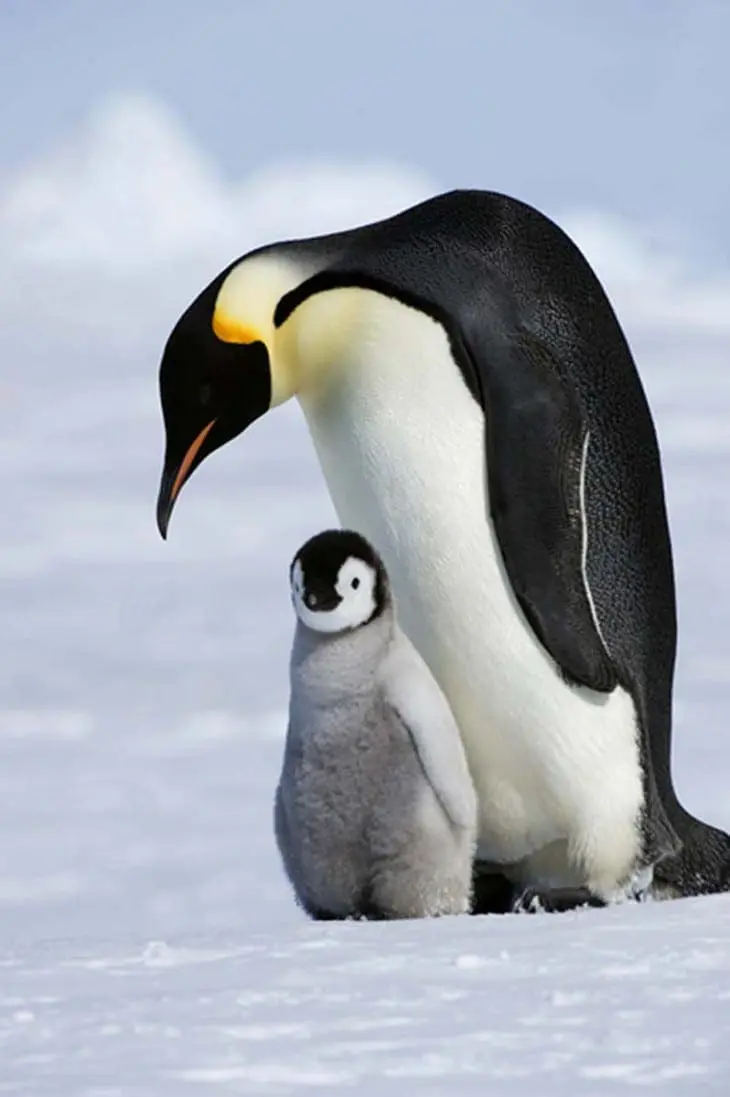Photographing Animals with a Telephoto Lens

Choosing a Lens and Digital Sensor Size:
When purchasing a lens you first determine what size sensor your camera body has. Panasonic cameras have the 4/3 digital sensor (17.3 x 13mm) which is smaller than other manufacturers. Panasonic Micro 4/3 and Standard 4/3 System cameras have an “X” factor of 2. When choosing a long lens for shooting animals and nature, either in the wild, compounds or zoos the most important feature is long focal length. This is one of the advantages of the 4/3 camera system with a smaller digital sensor which extends the zoom range once you apply the X-Factor (see below). If you want to end up with a 400mm lens you only need to buy a 200mm lens which translates to a significant reduction in cost, weight and size. Good lenses are expensive but if you pay a premium for good “glass” the return is sharper pictures, less distortion, brighter colors, less flare and refraction … all good things. If you buy a very fast lens you often lose some focal range (zoom length). Ideally you need to buy two fast lenses. One wide and one long. Look for features like fast aperture, fixed full time f2.8 or f4 and OIS (Optical Image Stabilization) etc.

Image © DPA Seattle Instructor Wolfgang Kaehler
Long Telephoto Lenses:
For wildlife it’s best to shoot at a shutter speed of at least 1/60th, higher is even better but certainly no slower than a 30th of second. At a 1/30th there is little risk of camera shake if the camera is supported but the subject movement can still be quite blurry, even if the subject is static which is rare and fleeting with shooting birds or animals. You are better shooting at 1/60th second and bumping up the ISO a stop if you need more speed. With newer cameras the digital noise issues of older cameras are not as much of a problem thus 800 ISO still looks very good. You are trying to get the correct exposure on the face of the animal or bird. Nothing else matters in this context. If you are shooting a group instead of a single animal you will often find very different exposures on the individual members of the pack. Adjust your exposure for close-ups of individual animals and for group shots get the best overall exposure making sure there is correct exposure on the more prominent animals in the scene.
The penguin photo above, shot by Seattle DPA instructor Wolfgang Kaehler was captured on one of Wolfgang’s multiple Antarctica trips. Being a very experienced nature, wildlife and location photographer Wolfgang knows he needs to carry long telephoto lenses to capture certain photos. For this photo he has used a 380mm lens, long enough to get in close but not so long he needs an extra sled and dogs to carry it. Very large lenses such as a 600mm can weigh in at 10 lbs (lens only), coupled with large professional camera you’re up into 15 – 20 lbs. That’s a lot of weight to carry into areas where you need to be flown in and there are often weight restrictions on what you’re allowed. Sometimes with equipment it’s a tradeoff between practicality, necessity and desire.



